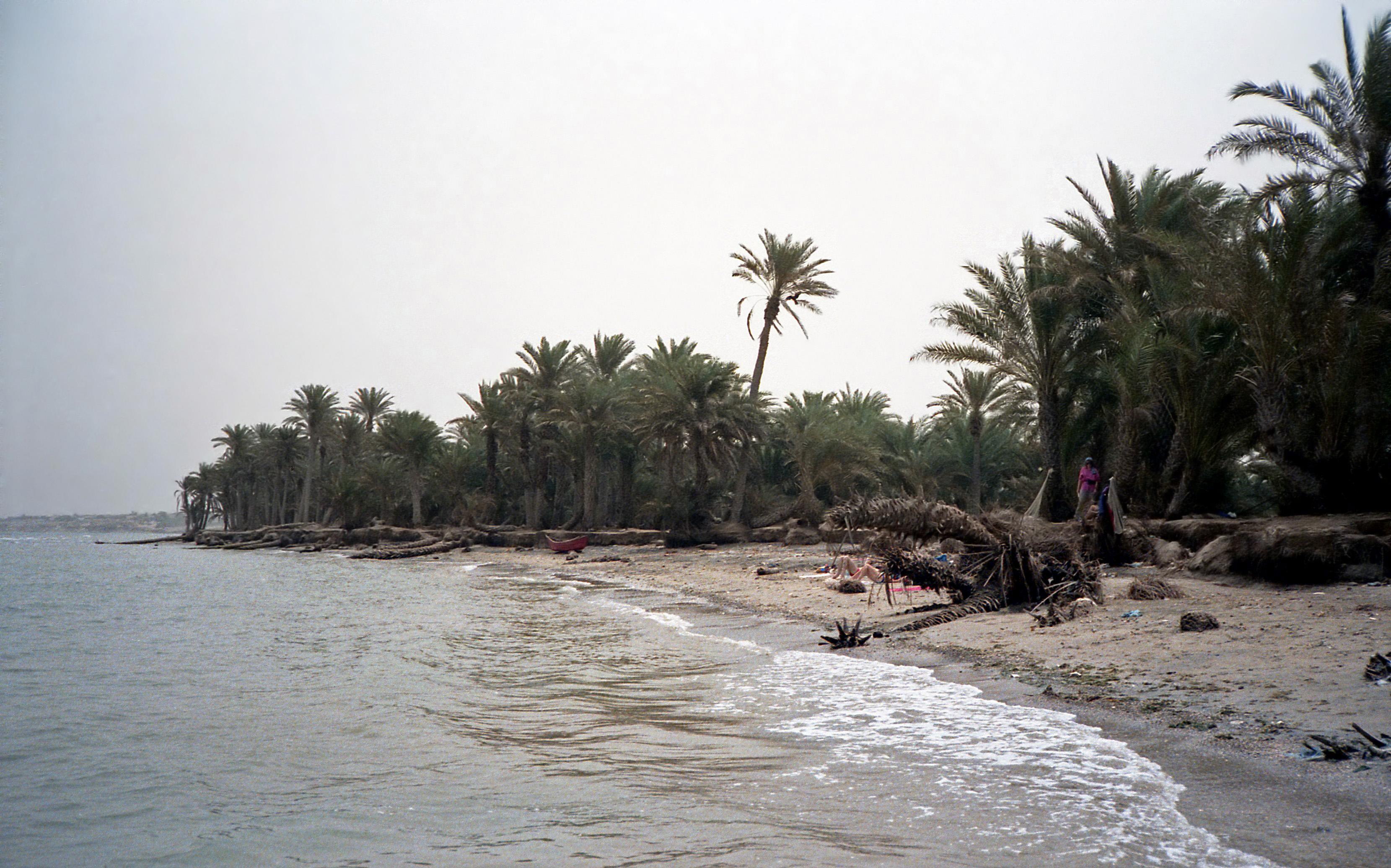|
Enneapterygius Obscurus
''Enneapterygius obscurus'' is a species of triplefin blenny in the genus ''Enneapterygius ''Enneapterygius'' is a genus of fish in the family Tripterygiidae found in the Indian and Pacific Ocean. Species There are currently 63 recognized species in this genus: * '' Enneapterygius abeli'' ( Klausewitz, 1960) (Yellow triplefin) * '' E ...''. It was described by Eugenie Clark in 1980. It is found in the Red Sea but the finding of a specimen at Malindi in Kenya suggests it may have a wider distribution. References {{Taxonbar, from=Q1867209 obscurus Fish described in 1980 Taxa named by Eugenie Clark ... [...More Info...] [...Related Items...] OR: [Wikipedia] [Google] [Baidu] |
Eugenie Clark
Eugenie Clark (May 4, 1922 – February 25, 2015), popularly known as The Shark Lady, was an American ichthyologist known for both her research on shark behavior and her study of fish in the order Tetraodontiformes. Clark was a pioneer in the field of scuba diving for research purposes. In addition to being regarded as an authority in marine biology, Clark was popularly recognized and used her fame to promote marine conservation. Early life and education Eugenie Clark was born and raised in New York City. Her father, Charles Clark, died when Eugenie was almost two years old, and her mother, Yumico Motomi, later married Japanese restaurant owner Masatomo Nobu. Clark attended elementary school in Woodside, Queens, and graduated from Bryant High School in Queens, New York. She was the only student of Japanese descent in her schools. From an early age, Clark was passionate about marine science, with many of her school reports covering topics in marine biology. An initial visit to t ... [...More Info...] [...Related Items...] OR: [Wikipedia] [Google] [Baidu] |
Triplefin
Threefin or triplefin blennies are blenniiforms, small percomorph marine fish of the family Tripterygiidae. Found in tropical and temperate waters of the Atlantic, Pacific and Indian Oceans, the family contains about 150 species in 30 genera. The family name derives from the Greek ''tripteros'' meaning "with three wings". With an elongated, typical blenny form, threefin blennies differ from their relatives by having a dorsal fin separated into three parts (hence the name); the first two are spinous. The small, slender pelvic fins are located underneath the throat and possess a single spine; the large anal fin may have one or two spines. The pectoral fins are greatly enlarged, and the tail fin is rounded. The New Zealand topknot, ''Notoclinus fenestratus'', is the largest species at 20 cm in total length; most other species do not exceed 6 cm. Many threefin blennies are brightly coloured, often for reasons of camouflage; these species are popular in the aquarium hobby. ... [...More Info...] [...Related Items...] OR: [Wikipedia] [Google] [Baidu] |
Enneapterygius
''Enneapterygius'' is a genus of fish in the family Tripterygiidae found in the Indian and Pacific Ocean. Species There are currently 63 recognized species in this genus: * '' Enneapterygius abeli'' ( Klausewitz, 1960) (Yellow triplefin) * '' Enneapterygius altipinnis'' E. Clark, 1980 * '' Enneapterygius atriceps'' ( O. P. Jenkins, 1903) (Hawaiian black-head triplefin) * '' Enneapterygius atrogulare'' ( Günther, 1873) (Black-throat triplefin) * '' Enneapterygius bahasa'' R. Fricke, 1997 * '' Enneapterygius cheni'' S. C. Wang, K. T. Shao & S. C. Shen, 1996 * '' Enneapterygius clarkae'' Holleman, 1982 (Barred triplefin) * '' Enneapterygius clea'' R. Fricke, 1997 (Clea's triplefin) * '' Enneapterygius destai'' E. Clark, 1980 * '' Enneapterygius elaine'' Holleman, 2005 * '' Enneapterygius elegans'' ( W. K. H. Peters, 1876) (Hourglass triplefin) * '' Enneapterygius etheostomus'' ( D. S. Jordan & Snyder, 1902) * '' Enneapterygius fasciatus'' ( M. C. W. Weber, 19 ... [...More Info...] [...Related Items...] OR: [Wikipedia] [Google] [Baidu] |
Red Sea
The Red Sea ( ar, البحر الأحمر - بحر القلزم, translit=Modern: al-Baḥr al-ʾAḥmar, Medieval: Baḥr al-Qulzum; or ; Coptic: ⲫⲓⲟⲙ ⲛ̀ϩⲁϩ ''Phiom Enhah'' or ⲫⲓⲟⲙ ⲛ̀ϣⲁⲣⲓ ''Phiom ǹšari''; Tigrinya: ቀይሕ ባሕሪ ''Qeyih Bahri''; ) is a seawater inlet of the Indian Ocean, lying between Africa and Asia. Its connection to the ocean is in the south, through the Bab el Mandeb strait and the Gulf of Aden. To its north lie the Sinai Peninsula, the Gulf of Aqaba, and the Gulf of Suez (leading to the Suez Canal). It is underlain by the Red Sea Rift, which is part of the Great Rift Valley. The Red Sea has a surface area of roughly 438,000 km2 (169,100 mi2), is about 2250 km (1398 mi) long, and — at its widest point — 355 km (220.6 mi) wide. It has an average depth of 490 m (1,608 ft), and in the central ''Suakin Trough'' it reaches its maximum depth of . The Red Sea also has exten ... [...More Info...] [...Related Items...] OR: [Wikipedia] [Google] [Baidu] |
Malindi
Malindi is a town on Malindi Bay at the mouth of the Sabaki River, lying on the Indian Ocean coast of Kenya. It is 120 kilometres northeast of Mombasa. The population of Malindi was 119,859 as of the 2019 census. It is the largest urban centre in Kilifi County. Overview Tourism is the major industry in Malindi. The city is popular among Italian tourists. Malindi is served with a domestic airport and a highway between Mombasa and Lamu. The nearby Watamu resort and Gedi Ruins (also known as Gede) are south of Malindi. The mouth of the Sabaki River lies in northern Malindi. The Watamu and Malindi Marine National Parks form a continuous protected coastal area south of Malindi. The area shows classic examples of Swahili architecture. The majority of Malindi's population is Muslim. Malindi is home to the Malindi Airport, Sai Eden Roc Hotel and Broglio Space Centre (the previous ''San Marco Equatorial Range''). History Malindi developed as part of the emerging Swahili Civili ... [...More Info...] [...Related Items...] OR: [Wikipedia] [Google] [Baidu] |
Fish Described In 1980
Fish are aquatic, craniate, gill-bearing animals that lack limbs with digits. Included in this definition are the living hagfish, lampreys, and cartilaginous and bony fish as well as various extinct related groups. Approximately 95% of living fish species are ray-finned fish, belonging to the class Actinopterygii, with around 99% of those being teleosts. The earliest organisms that can be classified as fish were soft-bodied chordates that first appeared during the Cambrian period. Although they lacked a true spine, they possessed notochords which allowed them to be more agile than their invertebrate counterparts. Fish would continue to evolve through the Paleozoic era, diversifying into a wide variety of forms. Many fish of the Paleozoic developed external armor that protected them from predators. The first fish with jaws appeared in the Silurian period, after which many (such as sharks) became formidable marine predators rather than just the prey of arthropods. Most fis ... [...More Info...] [...Related Items...] OR: [Wikipedia] [Google] [Baidu] |


